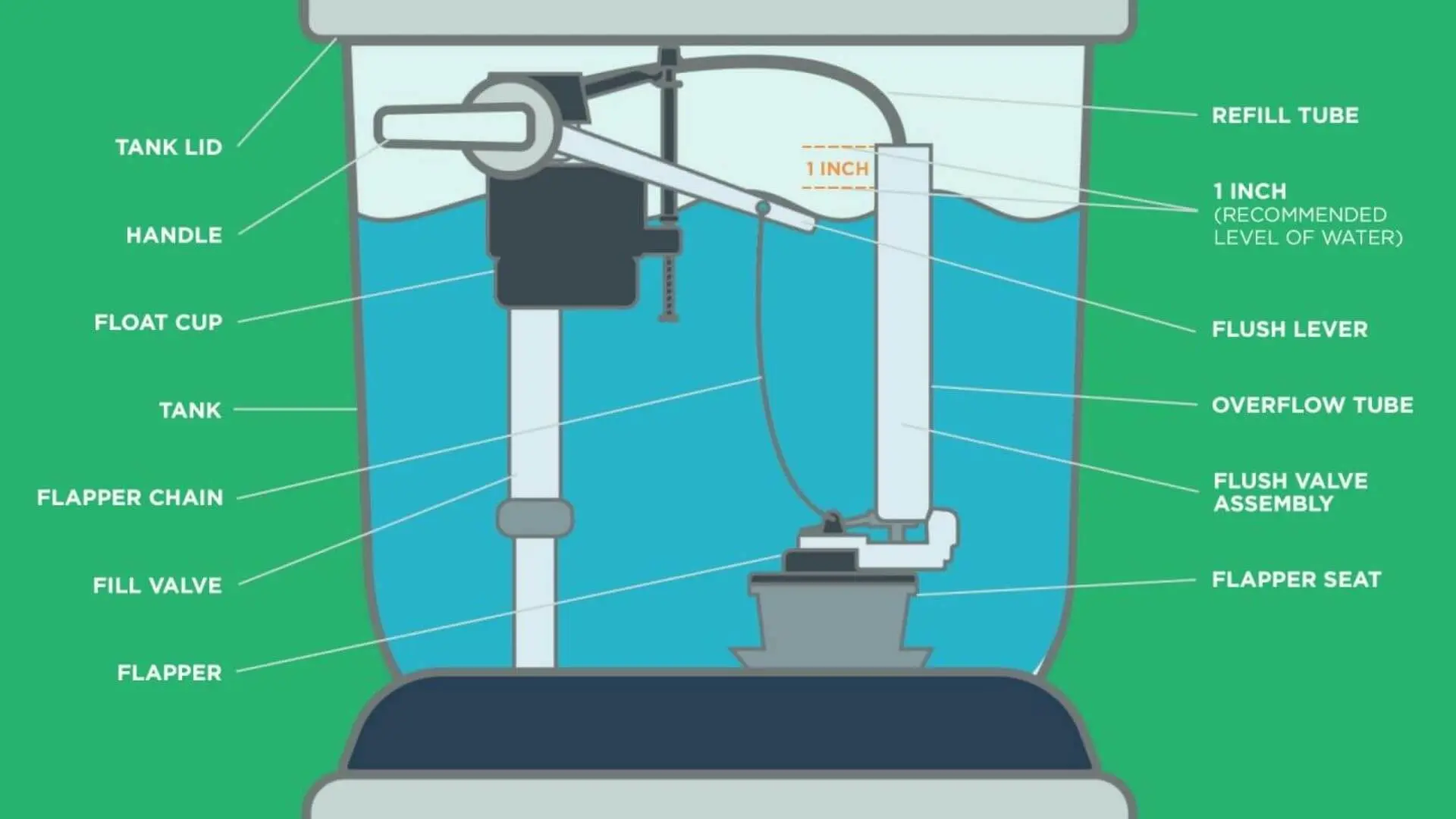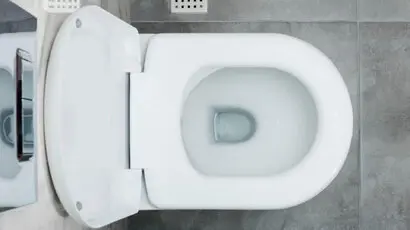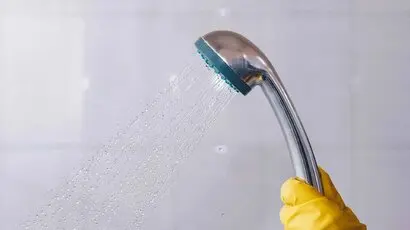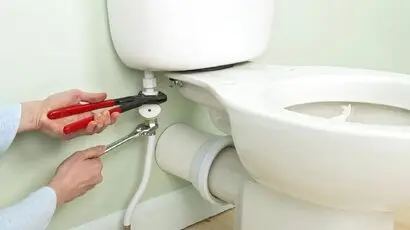What Is A Toilet Cistern?
Are you not sure what a toilet cistern is or how it works? This guide will help you learn all you need to know about toilet cisterns and how they function.
Despite being among the most commonly used and essential items in the home, toilets and cisterns are generally not given much attention.
When problems arise with these devices, such as a leak, understanding them is appreciated. Knowing about toilet cisterns can be advantageous in various scenarios, helping you deal with problems effectively.
This guide will cover everything you need to know about toilet cisterns. So, let’s dive right in and explore the details.

Standard household toilets generally comprise several components, including the bowl and the cistern. The cistern, which is usually located on the upper portion of the facility, is the component that holds water that is used for flushing the toilet. It is also commonly called a tank.
In modern-day toilets, the cistern is close to the bowl, a process called close-coupling. Earlier, the tank was placed high above the toilet bowl and connected by a pipe. Another option was to conceal the cistern within the cabinetry, wall, or ceiling.
In all cisterns, a flush pipe mechanism is placed on the tank’s body or closed. It can either be a lever or a push button, which, when pulled or pressed, releases the water from the tank into the toilet bowl.
Three common toilet cistern parts are responsible for filling the cistern with water: a fill valve, a water supply line, and a float mechanism. The cistern base is connected to the supply line, allowing the plumbing system’s water to fill the water tank.
The fill valve allows the water from the supply line to enter the storage tank while it is open. In turn, the float mechanism controls the valve, which registers the water level inside the cistern. The plastic float allows the fill valve to open or close based on the water level in the cistern. It opens when the inlet cistern’s water level becomes too low and requires refilling.
If your toilet uses concealed or bottom inlet cisterns, the flush mechanism is key to proper function. If you encounter problems with an older cistern, replacement might be necessary to keep the flush valve working correctly. When installing a new toilet or cistern, make sure it matches your current toilet bowl and pan to maintain efficiency and reduce water use.

The cistern directs water into the toilet bowl using gravity or air pressure. You trigger the flush by pressing a button or pulling a lever. Industrial and commercial toilets often feature hands-free options.
Sometimes, a hands-free option for industrial and commercial toilets is a motion sensor to activate the flush. The float mechanism inside the cistern lowers after the toilet has been flushed, informing the fill valve that there is no water in the tank.
The float mechanism opens the valve, taking water from the supply line to refill the cistern, which is ready for subsequent use.
Different toilets have flush systems, ranging from a single flush button to a half-tank flush. The latter is a low-water flush for a liquid flush.
Single-flush systems lead to much water wastage, but dual-flush systems are becoming increasingly popular as they are much more efficient. They work with as little as 4.5 litres of water per flush.
Dual flush cisterns have a two-button system. One button only empties the cistern halfway, which is suitable for liquid waste. The other button opens the cistern completely, which is meant for solid waste.
Knowing how a toilet cistern works makes maintaining a modern toilet much easier. Even with the advancement and development of technologies, the standard cistern system has remained largely the same throughout history.
Though cistern designs haven’t changed much, knowing how they function helps you stay prepared for any issues that might arise.
This knowledge is beneficial when you need to fix your toilet. It can make you less reliant on others and save you time and money. However, for serious issues, calling a professional plumber might be necessary.
With that said, see you next time!
Urgently need to unclog a toilet? Then these easy DIY fixes using everyday items around your own home will come in handy. Read on to learn how to unclog a toilet fast.
Has your shower head seen better days? Then you need to follow our guide to learn how to clean your shower head DIY at home with a few simple (an natural) ingredients.
Has your leaky toilet cistern caused you enough frustration? Follow our easy step-by-step guide to learn how to replace your toilet cistern DIY!


